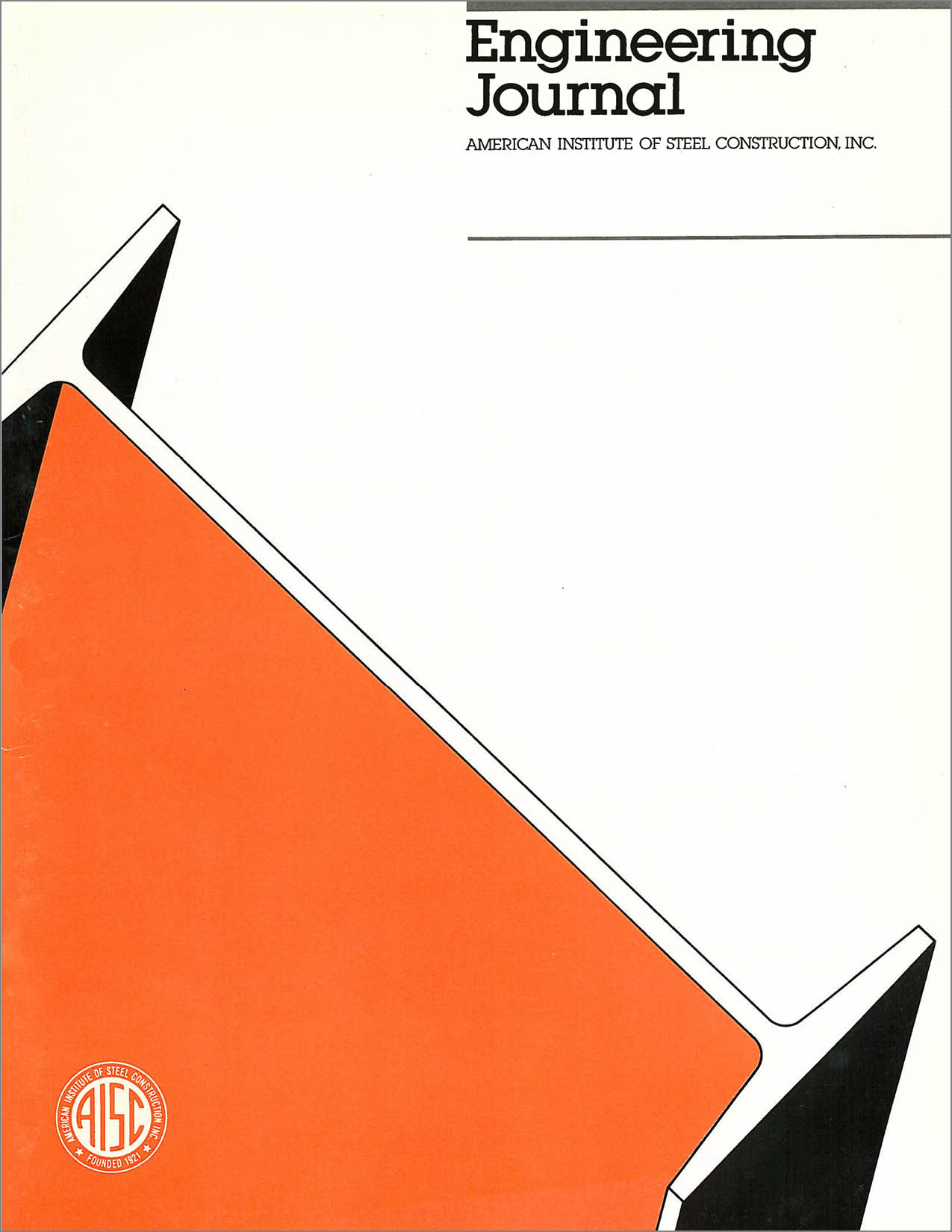Design Chart for Vibration of Office and Residential Floors
DOI:
https://doi.org/10.62913/engj.v29i4.599Abstract
Occupants of some buildings may observe that routine activities cause floors to vibrate noticeably. This may be a consequence of the high strength-to-weight ratio of the structural material and system, and is not necessarily indicative of inadequate strength or excessive deflection. In addition to assuring that a floor satisfies strength and static deflection requirements, the designer should be concerned with vibration perceived by occupants. The chart presented as Fig. 1 facilitates estimating the level of acceptability of the expected vibration of an office or residential floor. The chart implements two acceptance criteria8, of many that have been proposed. Those criteria were developed by determining occupants perceptions of vibrations caused by routine activities and then correlating those perceptions to measured or predicted levels of vibration caused by heel-drop tests. Application of the criteria embodied is limited to quiet but tolerant environments such as offices and residences, and to vibration caused by activities normally associated with those occupancies. In particular, the criteria in the chart may be unconservative for floors supporting precise work such as surgery, and for excitation by vehicles, machinery, or rhythmic activities such as dancing and aerobic exercise.

